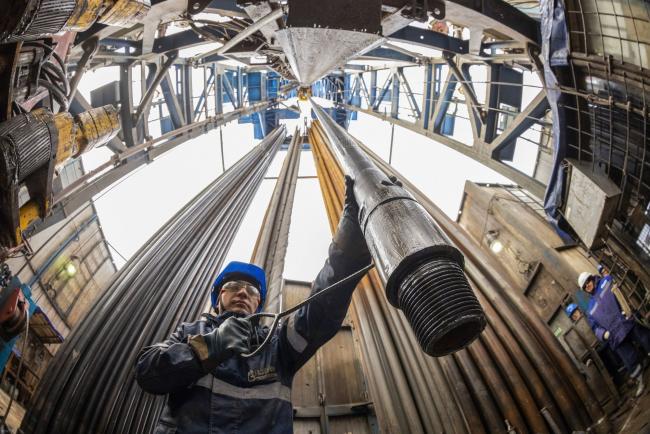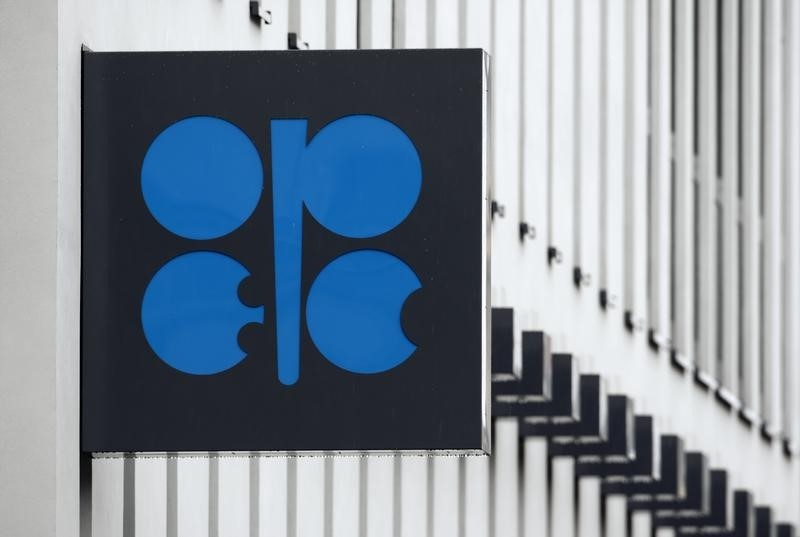(Bloomberg) -- Oil jumped more than 1% on the first trading day of the new year ahead of an OPEC+ meeting on Tuesday to discuss production policy.
Futures in New York topped $76 a barrel after toggling between gains and losses earlier. The Organization of Petroleum Exporting Countries cut its estimate of the surplus in global oil markets this quarter, a day before the group and its allies consider another output boost. The 23-nation alliance is on track to ratify another modest output revival of 400,000 barrels a day in February, delegates said.
Libya’s crude output is expected to fall to the lowest in more than a year as workers try to fix a damaged pipeline. The outage comes less than two weeks after militia shuttered Sharara, the country’s biggest oil field. At the same time, petroleum consumption is holding up well despite the spread of the omicron variant of Covid-19.
“Oil demand is widely expected to set new all-time highs above the 100 million barrel a day mark in 2022,” said Ryan Fitzmaurice, a commodities strategist at Rabobank. “The global supply-demand balance is expected to remain tight,” given that there have been production issues recently, he said.
Libya expects its oil production to drop by another 200,000 barrels a day over the next week. Combined with supply lost from the shutdown of its Sharara field, that will trim the nation’s overall output to about 700,000 barrels a day.
“I think OPEC+’s decision is a foregone conclusion and omicron news and data will remain the major influence on oil sentiment,” said Vandana Hari, founder of consultant Vanda (NASDAQ:VNDA) Insights in Singapore. “We’re likely seeing some bargain-hunting today after a rush to sell at the end of last week.”
See also: Key Oil Spread Signals Omicron Concerns Are Likely Easing: Chart
Last year, oil posted its biggest annual gain since 2009 as the rollout of Covid-19 vaccines helped economies reopen, boosting energy demand. While OPEC+ is poised to add another 400,000 barrels a day to global supply, there are still concerns about longer-term consumption as China tackles a virus flare-up and the omicron variant leads to flight cancellations worldwide.
Although oil demand is expected to recover to pre-pandemic levels around mid-2022, steady OPEC+ supply increases, a recent uptick in U.S. crude output and a softer seasonal demand period ahead will lift global stockpiles, said Peter McNally, global sector lead at Third Bridge.
©2022 Bloomberg L.P.

